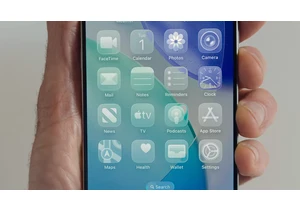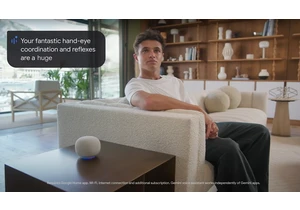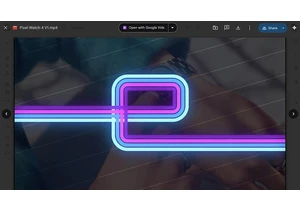Over the past two-and-a-half years, a group of students from ETH Zurich have been developing a robot with three spindly legs that was designed to be able to hop like an insect in microgravity. That's right — the curious little machine was built for space, specifically for the exploration of small celestial bodies like asteroids and moons. SpaceHopper, as the robot is called, could thus provide us more information to advance our understanding of life's origin, of the origin of water on our planet and of asteroids as potential providers of valuable resources.
It has no preferred orientation, so it can go in any direction, and it has nine motors that give it the capability to jump long distances in low-gravity environments. The robot can even self-right after landing, ensuring the safety of any scientific payload it may carry. Since SpaceHopper was made for use on asteroids and moons, which have very little gravity compared to Earth, it has to be tested under conditions similar to those environments first. To see if it will actually work as intended, the students and the European Space Agency have recently taken the robot on a parabolic flight that creates a zero gravity environment when the aircraft freefalls. Apparently, they had no idea if SpaceHopper would be able to move as they intended in zero gravity scenarios and seeing that it actually worked was a "massive weight off [their] shoulders."
You can watch SpaceHopper flail about in the test flight below:
Войдите, чтобы добавить комментарий
Другие сообщения в этой группе

In presumably less than a month, the annual Apple iPhone event




The Trump administration is forming a "National Design Studio," with the aim of improving government websites and the efficiency of digital services at federal agencies. Trump has already signed an


Google is now offering a way to edit videos right in Drive via Google Vids in a compatible browser. Whenever you're previewing a video in Google Drive, you may see an "Open" button in the top right
